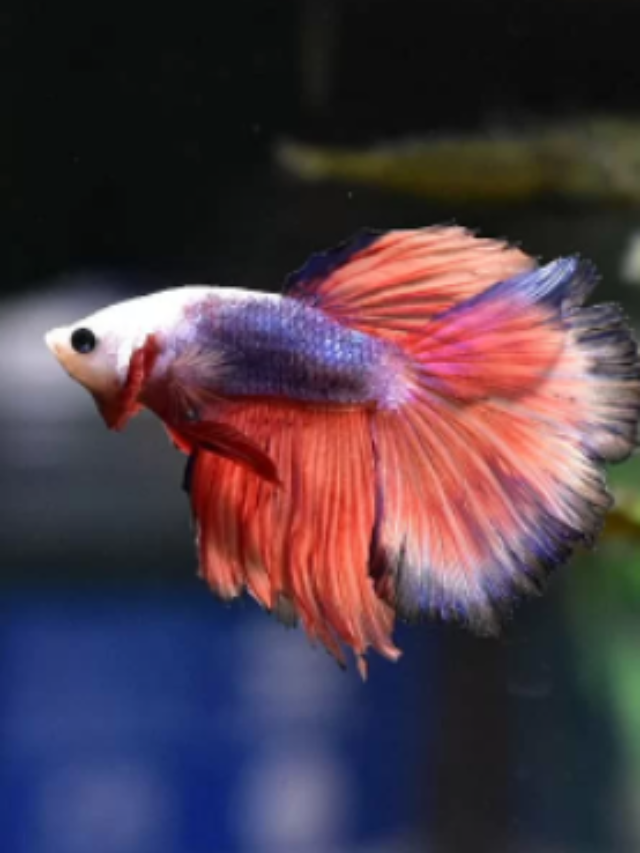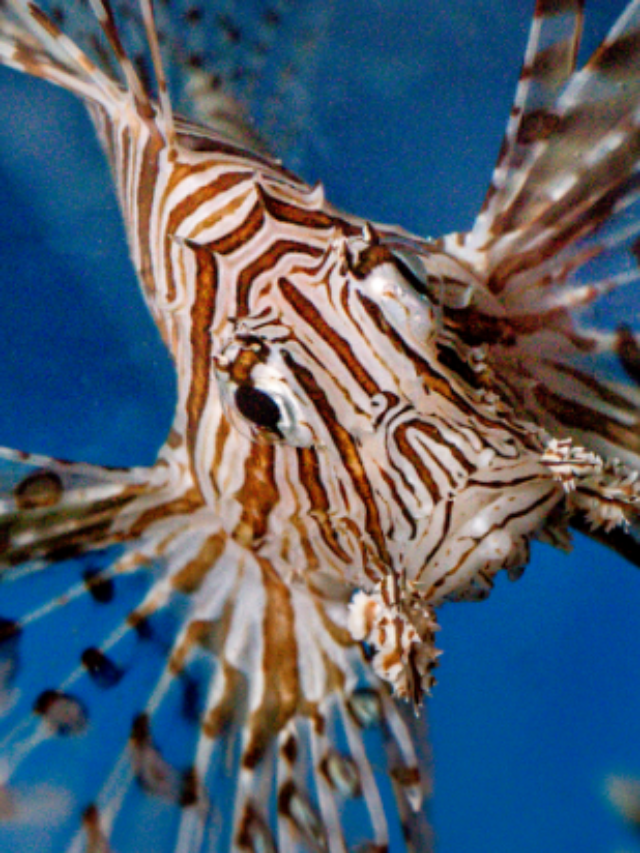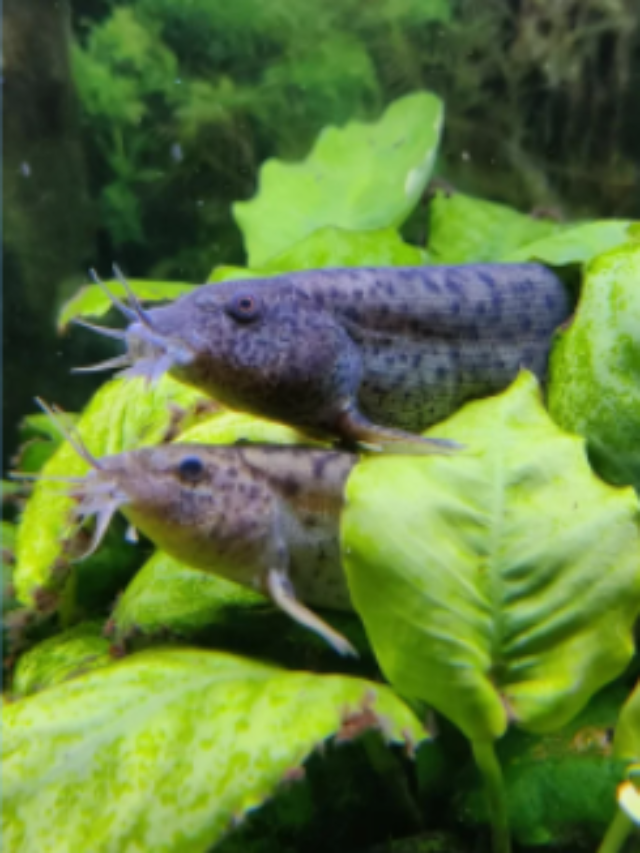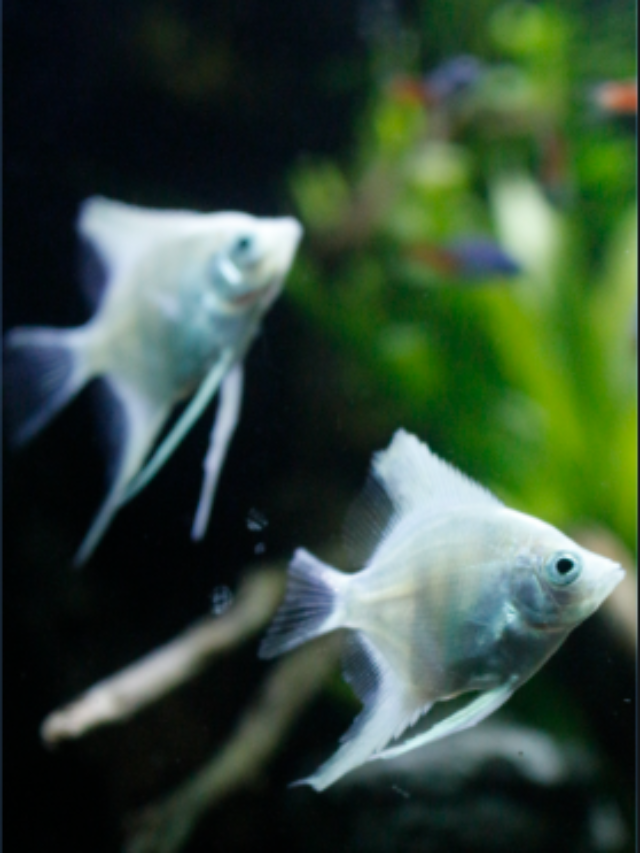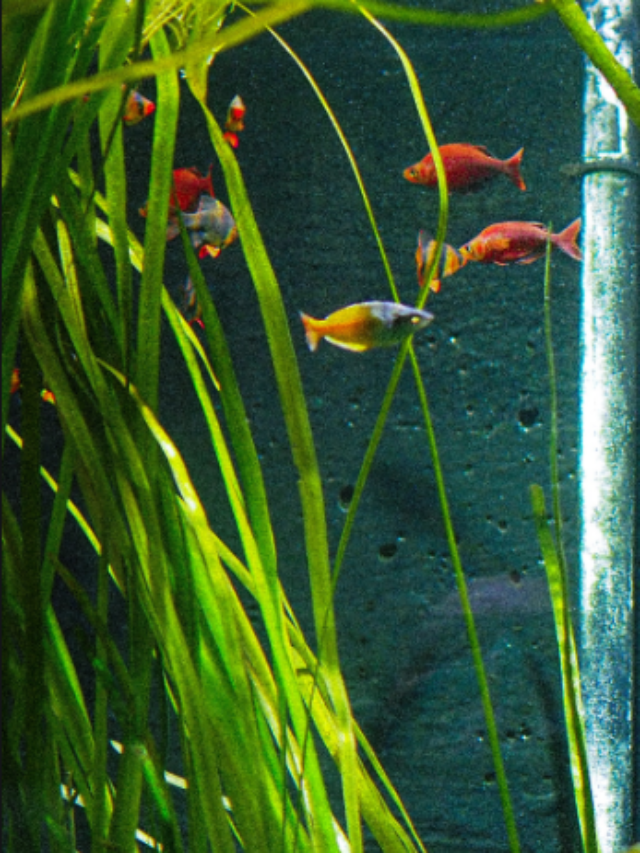How to know my mollies are pregnant or not?
Check Our Quick Stories
Molly fish does not breed as a normal fish does. It has its own method to breed. So when a new aquarist keeps molly fish then he/she may think it will lay eggs but mollies don’t do that. So there are some ways to know mollies are pregnant or not
During the pregnancy period of molly, it will eat more and will be less active. A dark triangular spot near the anal vent and flatter stomach will be noticeable. At this period of time, it will stay away from other fishes in a fish tank. After a few days, later eyes of baby fries will be notified when it stretches its stomach.
So mollies will not give birth to their fries as other fishes do. This type of fish is called livebearer. Livebearers hatch eggs inside their body and give birth to some free-swimming fries. So if you are expecting that mollies will lay eggs then it is wrong though. Guppies, platies, swordtails are also called livebearers.
Now let’s know about it comprehensively
How to know my mollies are pregnant or not?
The first thing you need to notice is its stomach. If you see that its stomach is looking like a square or round in shape then it’s going to give birth a few days later. So that is the first thing you must notice. Second thing is that pregnant molly fish will be more inactive than others. It will not chase any other fishes like it does every time. It will stop eating or will eat very little.
The last and final thing is if you detect a dark spot at its anal vent then there is a possibility that the fish is pregnant. But this is not applicable for black molly fish because you can’t detect dark spots as their natural color is black. So for black molly, you need to focus on its behavioral changes more. So if you get this off your molly fish then you should understand that your molly fish is pregnant definitely.
How many days molly fish will take to give birth?
Generally the gestation period of molly fish is around 30 to 32 days. But this really depends. It can’t be the exact same for all mollies you have in fish tank.
Period may extend up to 40 to 60 days or it may be shorter as one week or even less. This happens because of stress. Stress happens due to some internal or external causes.
Internal cause means some diseases which your molly fish may face right now. That’s why the exception is happening with it. External causes depend on water parameter which is the most important thing for aquarium fishes. You should check water temperature, ammonia level, nitrate level phosphate level etc once a week. Otherwise slight changes of these parameters will provide stresses in fish’s body.
Other thing may happen is if you molly is bullied by other fishes. This will also be considered as external factor of stresses. So you need to know about the right tank companion of molly fish.
I can say that you can put molly fish with other mollies then it will not feel stressed out. But if you want to build community tank then you should keep harlequin rasbora, rosy barbs, danios, cherry barbs, dwarf gourami with molly fish. Convict cichlids should avoid keeping with it.
Note: – To know when molly fish will release fries into water you can mark on calendar. As this takes time on an average 30-32 days that’s why you can calculate the timing from previous release date.
How to differentiate between male and female molly fish
How do you know that you have a female molly which will be pregnant? If you don’t know the difference between male and female molly fish then it will be difficult for you. Your expectation will turn into frustration so quickly. So you should know about this.
Here I’m making a chart which will help you to understand better
From this chart, you can understand easily which one you have in your fish tank. This will help you to separate the female one quickly within the pregnancy period of it.
Read More:- Types of Mollies: Choose from 8 Most Popular One
When should you separate pregnant molly fish?
You should separate female molly from male molly fish or from other fishes in the aquarium when it gets pregnant. But you should know the proper timing of the separation. When female molly stops eating pellets then you should understand that is the perfect time for separation. Another couple of signs are female molly starts dwell at the bottom of the tank and hovers. If your molly is doing like this then you should take it from your main aquarium and should keep it in a breeding box.
You should not separate it too early because this will give stress and that is not good for a pregnant fish.
After separation you should not disturb it. Don’t turn on the light at this time. You can use low power lights during this period. The fry releasing process of molly fish will be taken up to 1-2 hours and at that time you should keep that breeding box separate from all types of disturbance.
Why should you separate pregnant molly fish?
Mollies eat their own fries. Especially male molly will not bother that fries are little molly or not. Not only male molly, but other fishes can also eat these fries too. These are very little and you should take care well after breeding. That’s why you should separate female molly from other fishes during the breeding period.
Female molly will eat of its own fries too. So you need to keep in mind also. to rescue newborn fries you must use a breeding box. Here you can get a trellis from where small fries can pass but not the mother molly fish. So breeding box is highly recommended, if your molly is pregnant now. Check today’s discounted price in Amazon.
Read more:- 7 great fishes for only 5-gallon tank
Final thoughts
So, in conclusion, I can say that you must know about the pregnancy period of molly fish or other livebearers which you have in your aquarium. This will help you to give some healthy baby fries. Otherwise, other big fishes will eat these baby fries.
Here I’ve discussed almost everything I know about it. If you get these data then I hope you will get some healthy baby molly fries too.
So best of luck & happy fishkeeping 🐟



